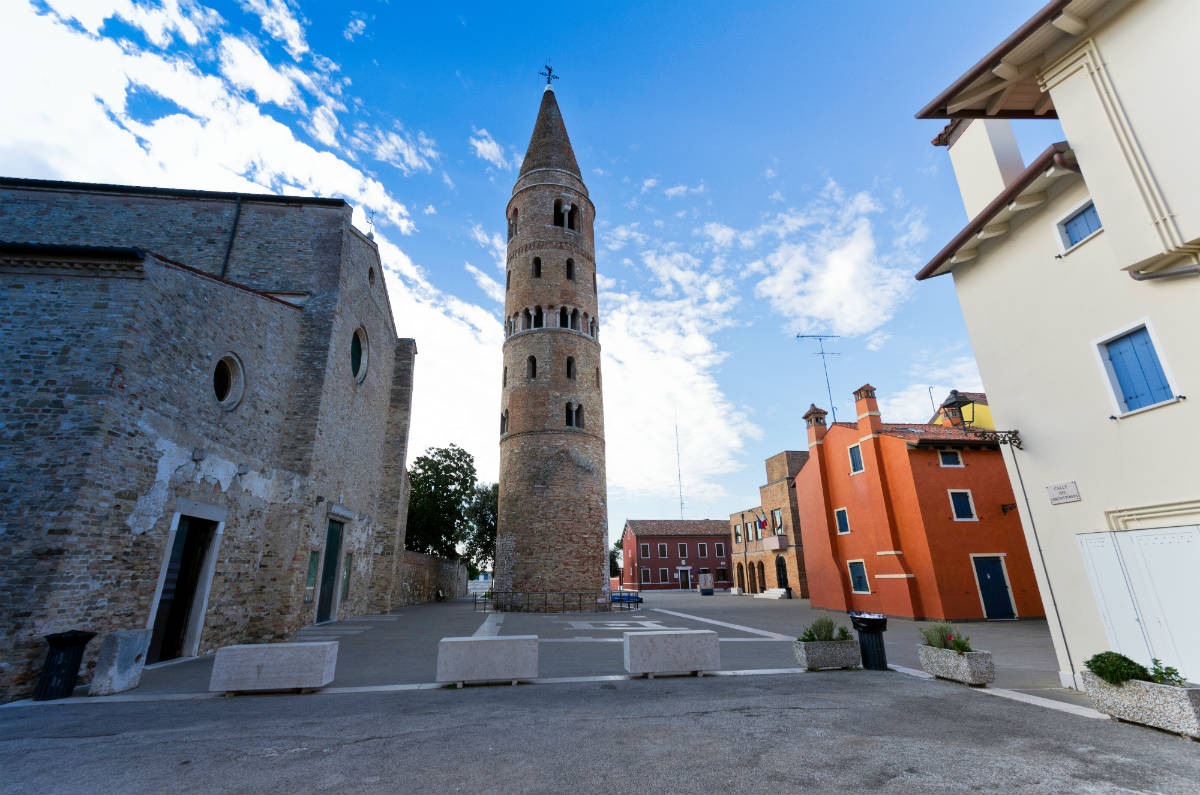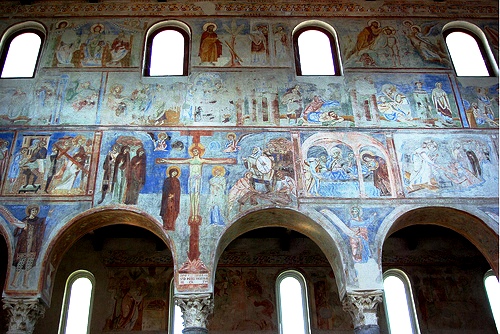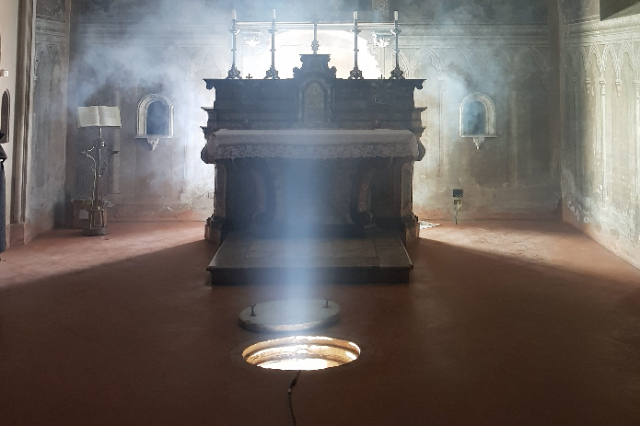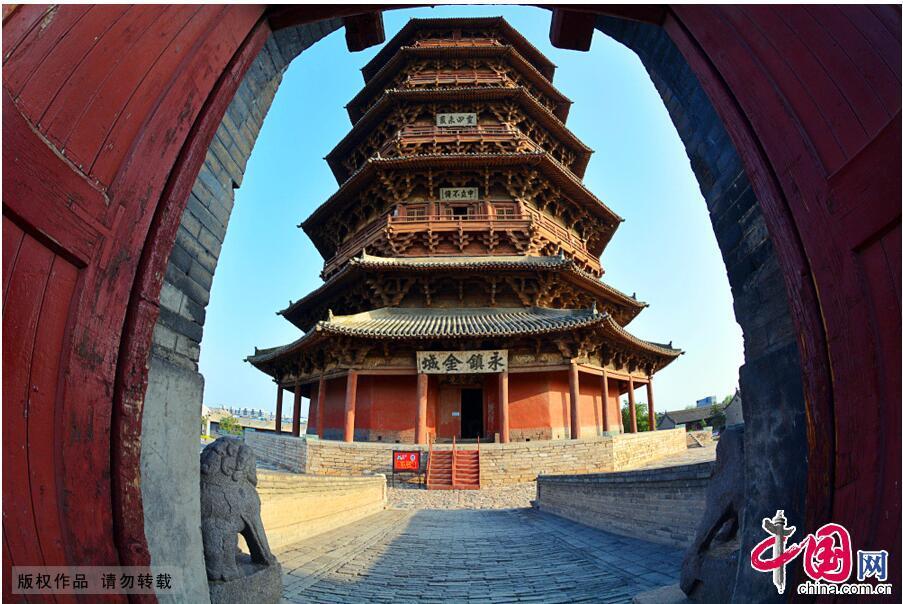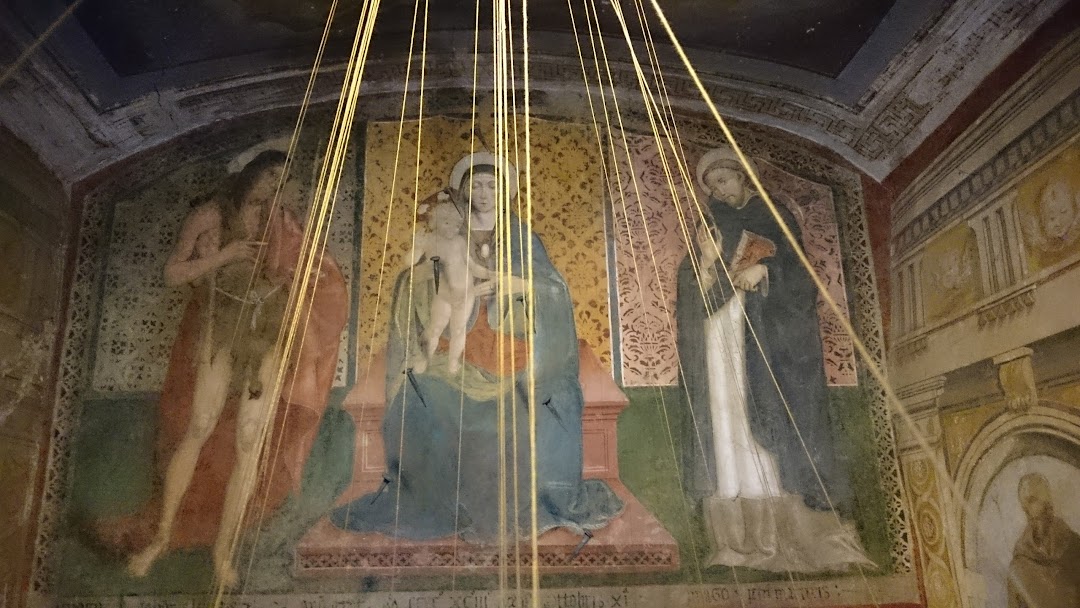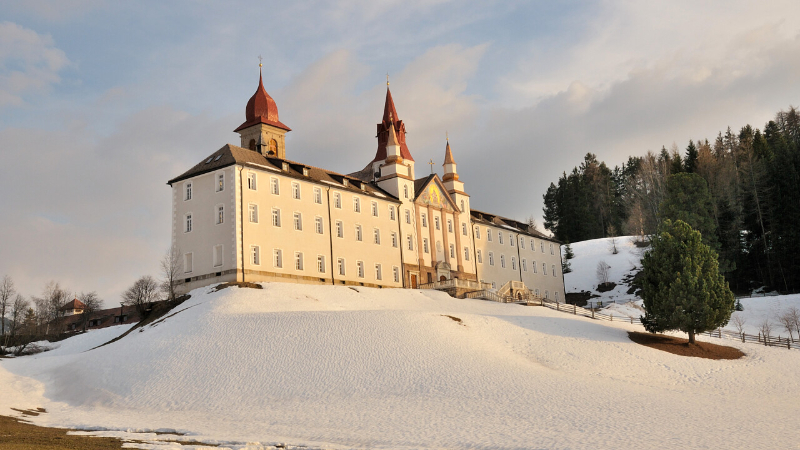The architectural structure, of Byzantine Romanesque style, made entirely of exposed brick, dates from the first half of the 11th century, and stands on the site of an earlier early Christian basilica. The interior is divided into three naves by two rows of alternating columns and pillars.
The large central apse houses the Pala d’Oro, a precious work of goldsmithing, which consists of six silver-foil panels worked in embossing and chiseling, immersed in a gold bath, with various sacred images; made at different times, partly in the second half of the 13th century and partly in the first half of the 14th century, it was perhaps originally in the form of an ‘antependium’, and was placed on the cathedral’s high altar.
Local tradition, which, however, is not confirmed by historical documentation, would indicate in the artifact a gift from Caterina Corner, offered by the queen to the church as a sign of gratitude for the rescue she received from some fishermen from Caorle, who allegedly saved her from being shipwrecked in front of the coast during a storm in the year 1489, just as she was concluding her return journey to Venice from Cyprus after her abdication.
Apparently, the episode must have been depicted in the same apse basin, in a fresco of which almost no trace remains today, except for a fragment that is still quite legible, showing the image of the Lion of St. Mark.
